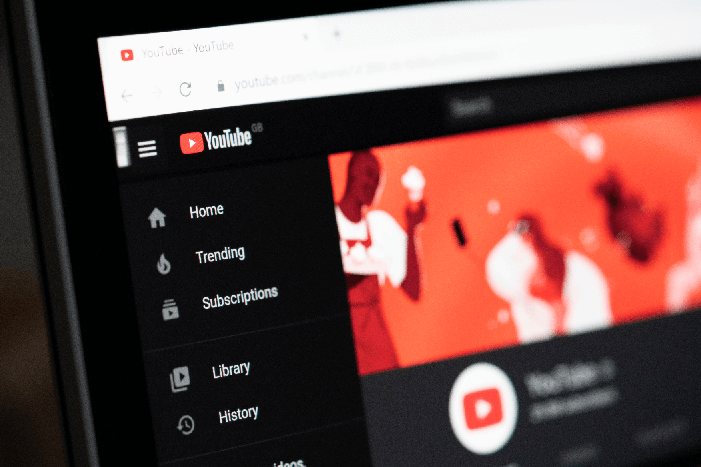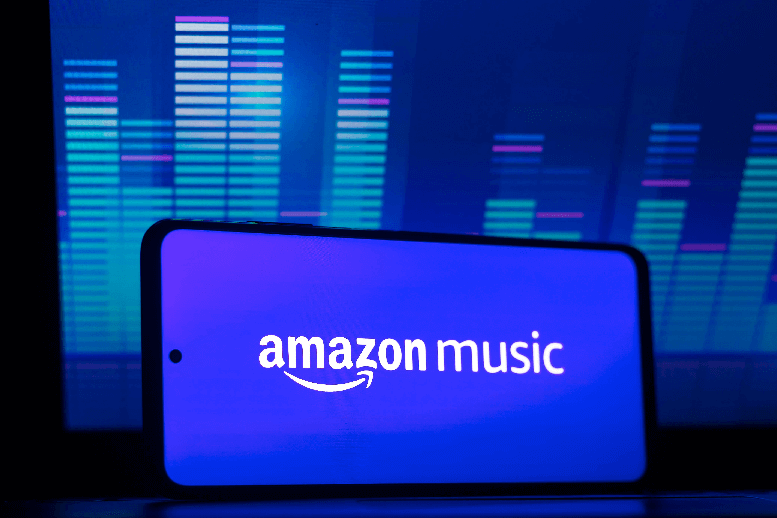The way music listeners consume content has changed. It’s more passive listening, meaning they’re multi-tasking while listening. A playlist (the new album or mixtape) is organized by that activity or a mood rather than a particular artist. For instance, Gen Zers create “bag playlists” to express their feelings. Listening to these playlists is up 45% year over year. Oh, so that’s why Drake’s “In My Feelings” was so popular.
Also, keep in mind that people may shuffle through even one playlist, so it has to make sense even if not listened to in a linear fashion. If you create based on mood or activity, it’s easier to do.
And they don’t always have to include songs from the same genre. In fact, 60% of young consumers say they don’t primary listen to just one genre. A 2018 report found that almost 97% of Gen Z women listen to at least 5 musical genres on a regular basis.
How Does the Spotify Algorithm Work
Sharing Your Spotify Playlists
When you promote playlists, try using consistent hashtags that individuals can become familiar with and share on platforms like Facebook, Twitter, Tumblr, and Instagram. There are two thoughts when creating hashtags: 1) is it a fun hashtag you want to trend or 2) is it primarily keyword driven for search and discovery? And who’s to say it has to be one or the other.
If you feel like you might be spreading yourself too thin, really focus on the platforms for which your audience engages most. You might actually find you need a different organization of a playlist or separate playlist altogether for various platforms.
How to Get Spotify Playlist Engagement
Pair music with visuals as we perceive 80% of all impressions via sight. For photo based socials, take a snapshot of the playlist, lyrics of the song, or some other imagery that matches the mood. Try pairing the songs with a video drip contest on TikTok. Have people do a mini-cover with PicPlayPost.
You want to get creative by asking people what songs they might want to add or enlisting micro-influencers (because they tend to be cheaper and more well trusted by peers) to support the promotion of the song by engaging on their end. It doesn’t have to just be you doing all the legwork.
Remember that songs can drive engagement individually or as a whole of the entire playlist, so you’re strategy should have both avenues in mind. Try dripping them individually and build up to the larger playlist share.
There’s something to be said for scarcity and teasing listeners. Timing is everything. If an album/song is dropping (or just about to drop and you are permitted access and permissions to utilize), make sure your shares our scheduled and even amped up with a digital street team during that time when searches will be highest. One strategy is to drop songs as they’re released leading to the full album release or tour announcement.
People will search the songs or artist upon releases or what’s playing now, so having your songs ready to add in a prime moment can serve you well. This can also include events and releases outside of an album like a movie release and corresponding contract or a music event like Coachella. You don’t always need to create an experience from scratch.
On the other hand, if crafting a playlist with songs that are lesser known, think of unique titles. Because if you’re in a sea of songs named “I Love You,” you aren’t going to get noticed as much. The title is what first catches listeners’ and playlist curators’ eyes. If you’re pitching to a curator, think the first thing they see is a subject line — so having a catchy title to the song in that subject line can make all the difference to an email getting opened.
Having a call to action such as “share” or “comment below” can atually increase engagement. If you want to gauge sentiment, what people like or don’t like, the comment request is most appropriate.
You want to add and subtract as needed to create the ultimate experience — because experience is the product and music the supporter of that experience. And Spotify seems to temporary rank your playlist higher when you add new music, so adjusting it isn’t a bad thing for extra exposure.
Don’t get married to one playlist. Multiple successful playlists can lead to more exposure and success. You start getting cross-follows and cross-streams.
This doesn’t mean you should spread listeners too thin. But in this day in age, more people are hopping after one song than necessarily staying on one playlist all day. So if you have more playlists, you hopefully capture a bounce off one to a bounce back on another you own. Understanding what triggers a bounce off and what that individual might be seeking at that point of transition will be pivotal to reeling them back in.
Setting Realistic Goals
You want to gauge your success by giving yourself milestones. You can add your playlist on playlist.net to get badges and achievements. Who doesn’t like a little gamification. Repost curated playlists to push them right back up to the top.
You usually have an objective, a goal with KPIs and success metrics. Your playlist goals tie into larger marketing and sales goals, which further tie into overarching business goals. Make sure they’re clear from the get-go, so you can measure against a baseline.
A theme can be a big driver because it gives your playlist purpose and clearly defines the listening experience upfront. Sharing early on also gives you a smoke test where you can then double down on what’s really working.
Ask questions like the following:
Where do people stop on the playlist? What songs are getting more streams? Do more people stream from your playlist, follow you, follow the artists? Do you see other numbers ebb and flow around playlist engagement or shares such as artist website visits, merch or ticket purchases, artist organic searches in Google Search or social media platforms?
While you don’t want to mistakenly call causation over correlation, these are still good signals to keep an eye out for.



